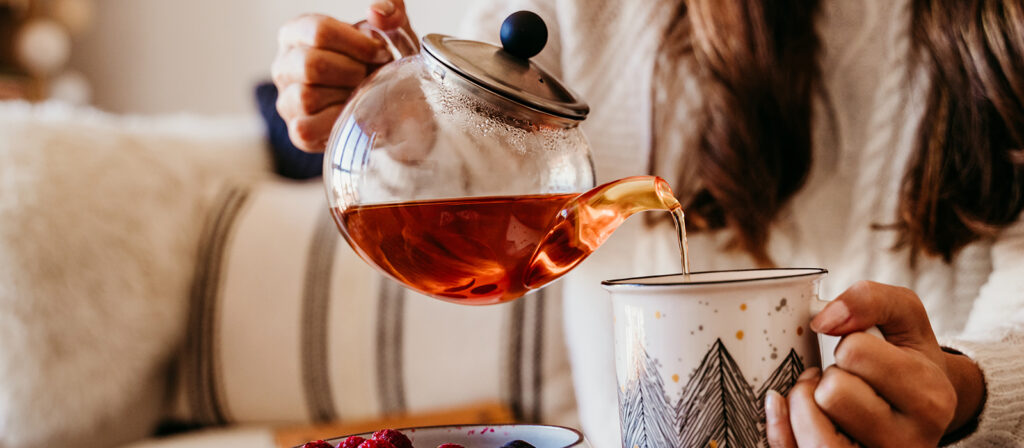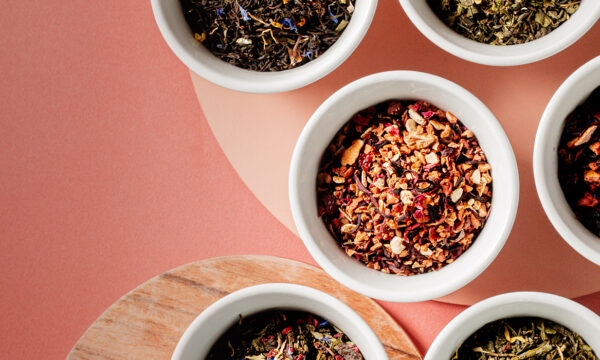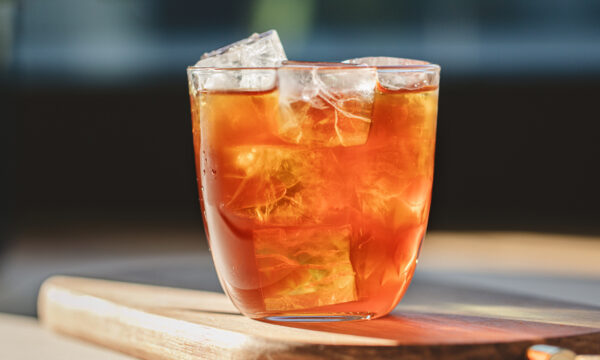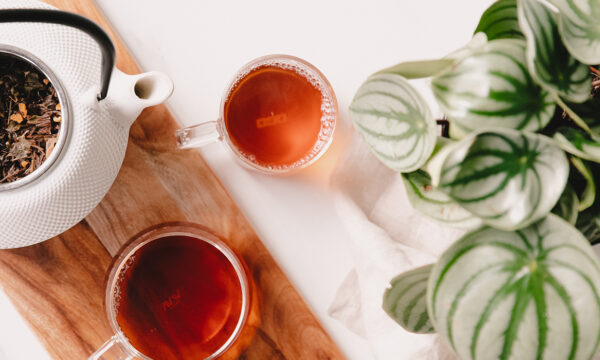
- Home
- The art of making tea
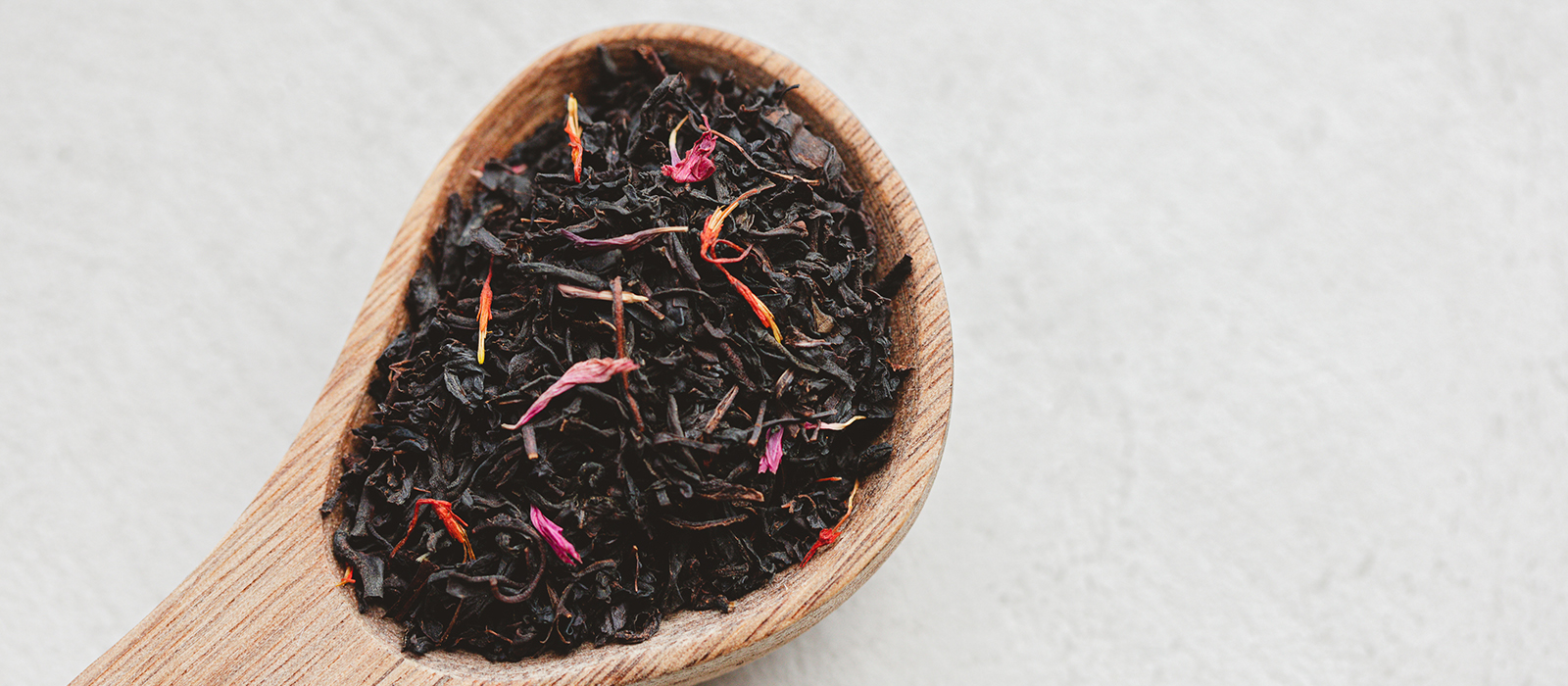
The art of making tea
Written by Julie
Reading time 4 minMaking tea is something that, at first glance, seems so simple. However, to get the very best out of your tea, you need application, attention to detail and a certain amount of basic knowledge. Indeed, if you don’t take enough care during the infusion, your expensive tea can turn into something really disappointing. So in order to avoid such disappointment, I’m going to share with you the basic rules to making great tea!
The 4 key steps to making tea
Step 1: choose the right water
First and foremost, your tea cannot fulfil its potential without the right water! For you history buffs, the first piece of formal writing dedicated to tea dates all the way back to the year 780 AD (how time flies!) and the importance of water was already recognised back then: “The best water is that which drips from the stalactites and flows gently on a bed of rock.”
Now obviously, heading off to find your water at source for every cup of tea is hardly the most practical solution… But that’s no reason to neglect the quality of your water! In most regions of France, it’s not advisable to use tap water because it tends to be either too hard, too chlorinated, or both. This has a direct impact on your drink: the purity of the tea is affected and its taste becomes… well, somewhat synthetic.
The solution? I suggest that you go for filtered water (there are some very effective filters available) or spring water that is pH neutral (and neither too hard, nor too soft). Personally, I like to use Cristaline spring water. Whatever you do, steer clear of mineral waters that are rich in mineral salts and trace elements, which will alter the taste of your tea much more than neutral spring water.
Step 2: the right temperature
The next thing to bear in mind is that every type of tea (green tea, black tea, white tea, infusions) has its own optimum infusion temperature. Not hot enough, and all those flavours will diffuse too slowly, with some of them remaining prisoners in the leaves; on the other hand, if the water is too hot, it will scold the leaves and produce an unpleasant aftertaste.
Please bear in mind that opinions differ on this subject: there is more than one point of view, and plenty of debate! I’m going to talk you through my own method, but it’s up to you to test it out and make the necessary adjustments to suit your palate. Many tea lovers ensure that they always have a thermometer on hand to ensure absolute precision. There are also smart kettles that let you choose the temperature of your water with the simple click of a button… Nice!
Step 3: length of infusion
Once more, the important thing to remember here is that each tea has its own specific characteristics : its own history, its own place of origin, etc. The infusion time should therefore be adjusted to bring out the best in each tea. Quite simply, it’s a question of taste!
Infusion time
- Black tea: 4-5 mins
- Oolong tea: 5 mins
- Green tea: 3-4 mins
- White tea: 7 mins
- Herbal tea: 5 mins
- Rooibos tea: 4-5 mins
- Hibiscus tea: 4-5 mins
Step 4: the tea/water ratio
Last but not least, don’t forget to apply the golden ratio for tea: between 2 and 3 grams of tea per 150 ml of water! But as always, please feel free to question my wisdom and play around with your ratios to find the strength that suits you. And that’s all there is to it. But now you’ve learned the basic principles of the art of making tea, what next? How about finding out about the Tea leaf grading, or which tea is better for your health ? Stay tuned for future articles!
* (Source: Thés : Cultures, Senteurs, Saveurs by Olivier Scala and Marie Grézard, published by Editions SOLAR).
Heat your water (to the recommended temperature).
Let the tea infuse (for the recommended time).
Serve immediately.
Taste your perfectly prepared tea.
We hope this guide helped you, from chosing and prepping your materials, to different brewing techniques and garnishes – make sure to pay attentions all these key points and adjust the process to fit your own personal needs. In the end, making tea is a personal liberary. Every person’s approach to blending different ingredients creates unique experiences.
Discover all of our articles
